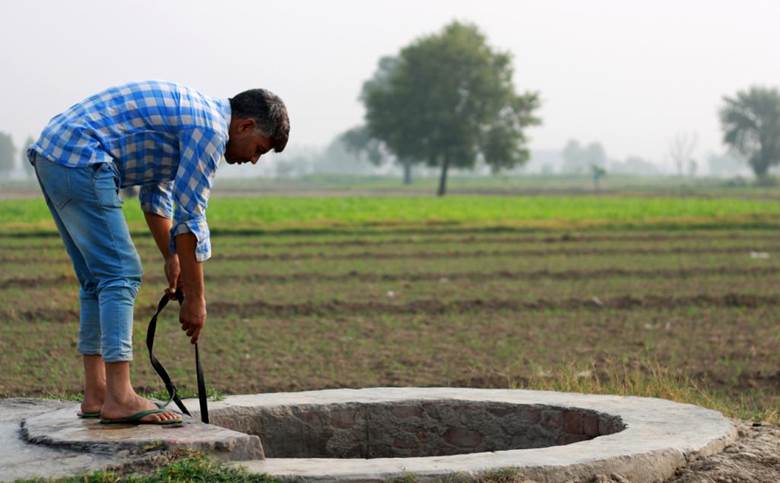Free Courses Sale ends Soon, Get It Now


Free Courses Sale ends Soon, Get It Now



Copyright infringement is not intended
Context: The importance of protecting groundwater and methods for its sustainable use will be the highlights of the United Nations-Water Summit on Groundwater 2022 that begins December 7, 2022 in Paris, France.
Details:
Important initiatives on management of groundwater resources:
State wise initiatives
Atal Bhujal Yojana
Per Drop More Crop
Jal Shakti Abhiyan
‘Master Plan for Artificial Recharge to Groundwater - 2020’
.jpg)
National Aquifer Mapping and Management program (NAQUIM)
Other
Groundwater in India:
Closing Thoughts:
© 2024 iasgyan. All right reserved